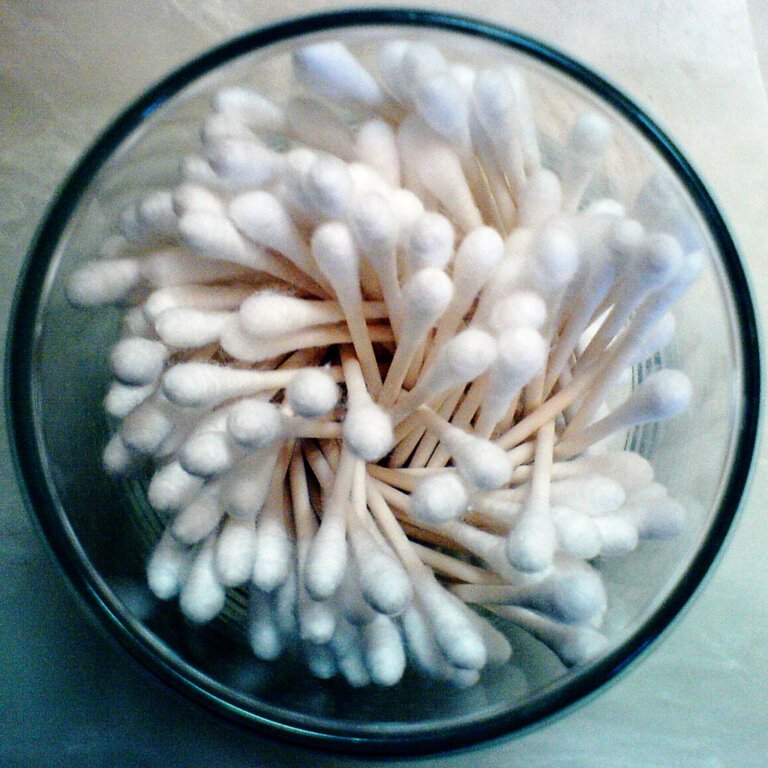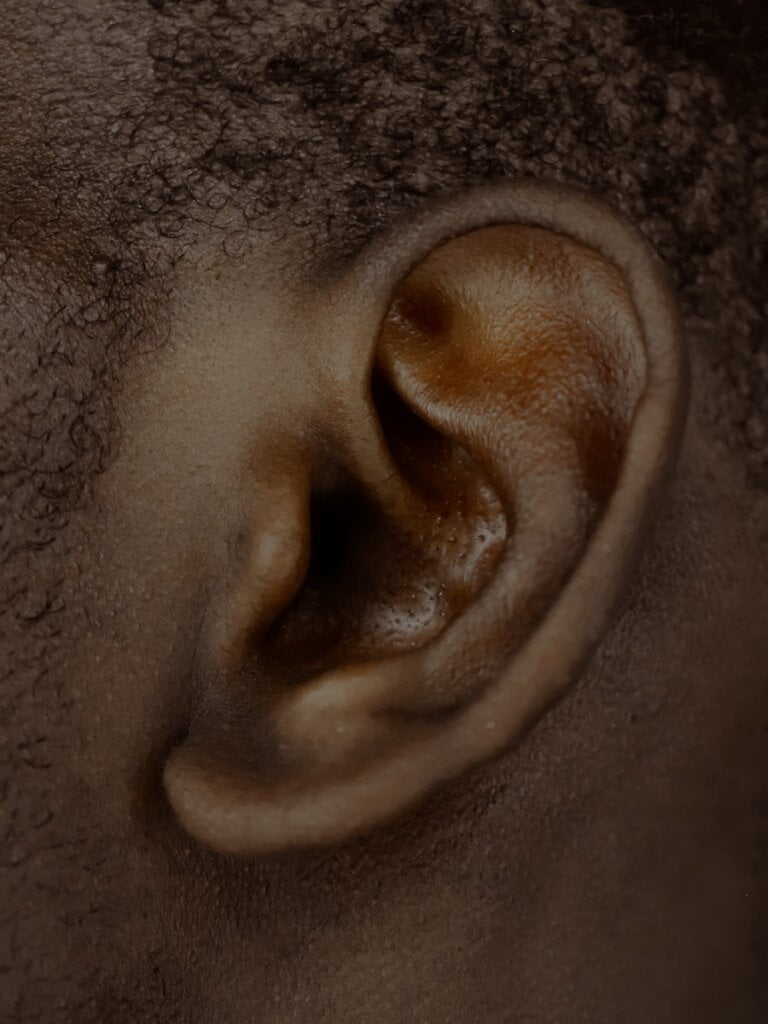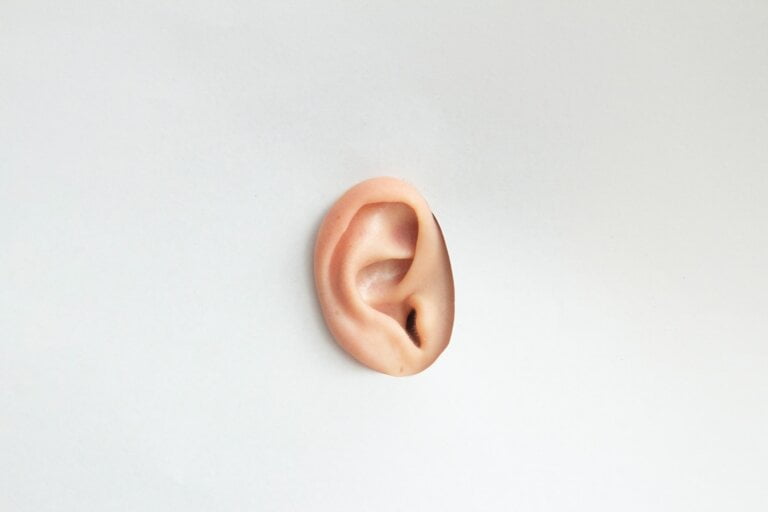Showdown: Microsuction vs. Irrigation – Which Method Reigns Supreme?
In the field of earwax removal, two commonly used methods are microsuction and manual removal. While both techniques aim to safely and effectively remove excess earwax, they differ in terms of the tools used and the process involved. In this article, we will delve into the details of microsuction and manual earwax removal methods, highlighting their differences and advantages.
What is Microsuction?
Microsuction is a modern and highly effective technique used by medical professionals to remove earwax. It involves the use of a specialized microscope or loupe and a suction device to gently suction out the wax from the ear canal. This method is considered to be one of the safest and most precise ways of removing earwax, as it allows for better visibility and control during the process.
Microsuction offers several advantages over other methods of earwax removal:
Advantages of Microsuction
- Precision: With the help of magnification tools, microsuction allows for a clear view of the ear canal, enabling the healthcare professional to precisely target and remove the earwax without causing any harm to the delicate structures of the ear. This level of precision ensures a more thorough and effective removal of the wax.
- Safety: The controlled suction used in microsuction minimizes the risk of injury to the ear canal and eardrum, making it a safe option for individuals with sensitive ears or those prone to complications during earwax removal. The healthcare professional can carefully navigate through the ear canal, avoiding any potential damage.
- Efficiency: Microsuction is often faster than manual removal as it enables a more efficient and thorough removal of earwax. The healthcare professional can navigate through the ear canal with ease and remove larger or stubborn wax deposits effectively. This efficiency reduces the overall time required for the procedure.
How is Microsuction performed?
During a microsuction procedure, the healthcare professional, often an ear specialist or an audiologist, will carefully examine the ear canal using a binocular microscope or a loupe. This magnified view allows them to assess the condition of the ear canal and identify any earwax blockages or other abnormalities.
Once the blockage is confirmed, a small suction tube attached to a low-pressure suction device is gently inserted into the ear canal. The healthcare professional controls the suction level and carefully removes the earwax while constantly monitoring the process through the microscope or loupe. The procedure is usually quick, comfortable, and painless.
The use of microsuction provides a highly effective and precise method of earwax removal, ensuring the safety and comfort of the patient.
What is Manual Earwax Removal?
Manual earwax removal, as the name suggests, involves the physical removal of earwax using specialized tools such as curettes or forceps. This method has been used for many years and is still a common practice in clinics and healthcare settings.
Manual earwax removal offers certain advantages over other methods:
Advantages of Manual Earwax Removal
- Accessibility: Manual removal is often more accessible as it does not require specialized equipment like microscopes or suction devices. It can be performed by healthcare professionals, general practitioners, or even trained individuals in certain cases. This accessibility ensures that earwax removal can be carried out in various healthcare settings, making it widely available.
- Affordability: Compared to microsuction, manual earwax removal is generally more affordable as it does not involve the use of expensive equipment. This makes it a suitable option for individuals on a tight budget. The affordability of manual removal ensures that earwax removal remains accessible to a wider range of individuals.
- Suitability: In some cases, such as when the earwax is soft or located near the ear opening, manual removal may be a suitable and effective option. The healthcare professional can use specialized tools to carefully dislodge and remove the wax, providing relief to the patient.
How is Manual Earwax Removal performed?
During a manual earwax removal procedure, the healthcare professional uses specialized tools like curettes or forceps to manually extract the earwax from the ear canal. They carefully navigate through the ear canal, applying gentle pressure to dislodge and remove the wax. The process may require multiple attempts, especially if the earwax is impacted or hard.
It is important to note that manual earwax removal should only be performed by trained individuals to minimize the risk of injury or damage to the ear canal or eardrum. Attempting manual removal at home without proper knowledge and tools is not recommended and can lead to complications.
Choosing the Right Method
When it comes to choosing between microsuction and manual earwax removal, several factors should be taken into consideration. These factors include the condition of the ear, the severity of the earwax blockage, individual preferences, and the expertise of the healthcare professional.
It is always advisable to consult with a healthcare professional who can assess your specific situation and recommend the most suitable method for earwax removal. They will consider factors such as your medical history, any existing ear conditions, and the potential risks involved.
In conclusion, both microsuction and manual earwax removal methods have their own advantages and considerations. Microsuction offers precision, safety, and efficiency, while manual removal provides accessibility and affordability. The choice ultimately depends on the individual’s needs and the healthcare professional’s recommendation. By understanding the differences between these methods, individuals can make an informed decision and ensure the safe and effective removal of excess earwax.
FAQ
Q1: What is microsuction?
A1: Microsuction is a technique used by medical professionals to remove earwax. It involves using a specialized microscope or loupe and a suction device to gently suction out the wax from the ear canal.
Q2: What are the advantages of microsuction?
A2:
- Precision: Microsuction allows for a clear view of the ear canal, enabling precise targeting and removal of the earwax without causing harm to the ear structures.
- Safety: Controlled suction minimizes the risk of injury to the ear canal and eardrum, making it safe for individuals with sensitive ears.
- Efficiency: Microsuction is often faster and more thorough than manual removal, reducing the overall time required for the procedure.
Q3: How is microsuction performed?
A3: During a microsuction procedure, a healthcare professional examines the ear canal using a microscope or loupe. A small suction tube attached to a low-pressure suction device is then inserted into the ear canal to gently remove the earwax while monitoring the process.
Q4: What is manual earwax removal?
A4: Manual earwax removal involves physically removing earwax using specialized tools like curettes or forceps. It is a common practice in clinics and healthcare settings, accessible and affordable compared to microsuction.







